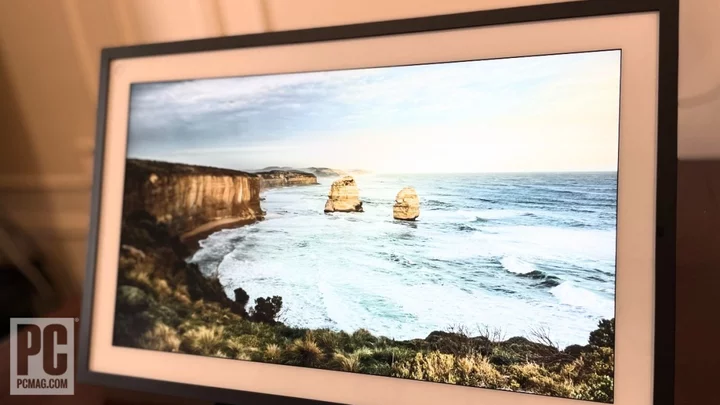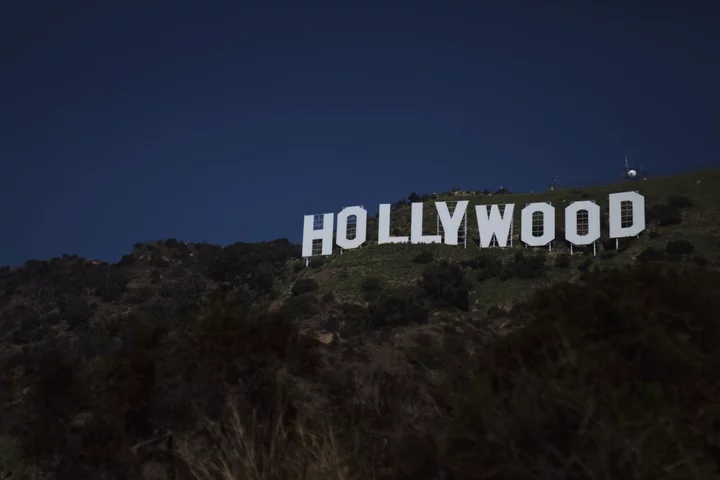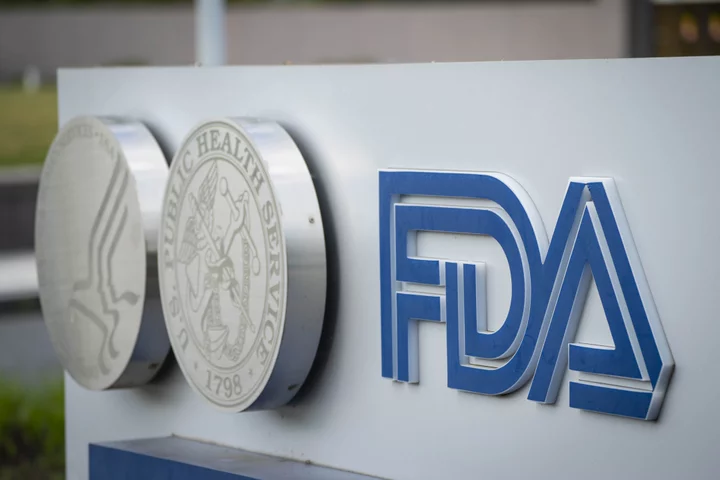You can’t spell tourism without “RI”—in fact, Rhode Island is the only state whose postal abbreviation shows up in that word.
If that alone isn’t intriguing enough, the name of the smallest state in the Union is a bit of a misnomer: It’s not an island as a whole, but it does have an abundance of them—including Aquidneck Island, Block Island, and Prudence Island.
There are many more Rhode Island-related quirks to understand, especially in terms of how the locals refer to locations, dishes, and other cultural aspects of the last of the 13 colonies to take up statehood. To signify that not-so-unlucky distinction, familiarize yourself with these 13 expressions, and your Ocean State stay will be that much smoother and more satisfying.
1. The AMP
This is a brand-new term, with emphasis on brand.
This past fall, Rhode Island’s definitive indoor entertainment venue underwent its second renaming. Originally dubbed the Providence Civic Center when it was erected in 1971, the arena subsequently went by the Dunkin Donuts Center (or, affectionately, “The Dunk”) from 2001 to 2022.
When Dunkin didn’t reup its naming rights, a Lincoln, Rhode Island-headquartered insurance company pounced, giving the building a new moniker: Amica Mutual Pavilion. That name yields an acronym with fittingly energetic connotations for local sporting-event and concert goers—although more than a few purists remain adamant about calling the building the Civic Center, so be prepared to know different terms for the same facility.
2. Awful Awful
Ocean Staters mean no disparagement when doubling up on the adjective awful; it’s shorthand for Newport Creamery’s “Awful Big, Awful Good” milkshake. Try one, and you might even propose giving the name a third “Awful” for “Awful Thick.”
The Awful Awful is made with frozen ice milk, an ingredient that, Newport Creamery tells Mental Floss, “allows us to use more of a base to create a thicker shake that is customizable and unique to each guest.” The ice milk also distinguishes it from what other Americans consider a milkshake, which is made by blending ice cream, milk, and flavorful syrup. (That cold, potable treat is available in Rhode Island too, but it goes by a different name; more on that in a moment.)
3. Bubblah
What most in the U.S. call a “water fountain” is a bubbler in Rhode Island—though with the local accent, it sounds like “bubblah.” Portions of Massachusetts and Wisconsin use the same term, but recent research by The Providence Journal’s Katie Landeck seems to trace its roots to Rhody—specifically to the Pawtucket-based H.F. Jenks Company, which dubbed their redesigned drinking-water apparatus “our own patented bubbler” in a 1900 sales pamphlet. “By 1911, it’s clear from looking at The Providence Journal archives that the term was in common use,” Landeck wrote. “The Rhode Island Historical Society found three stories where it’s clear that everyone was calling the new type of water fountain—that bubbles up rather than requiring the use of a drinking cup—a bubbler.”
4. The Bucket
As the epicenter of the Industrial Revolution in the U.S., Pawtucket (that’s “P’tucket,” by the way; the “aw” is silent) has long prided itself on its blue-collar roots and principles. That said, its historical reliance on mills and manual labor have lent it a tendency to typify broader economic conditions—and in tougher times, that means emitting a grubby, dilapidated vibe. According to Urban Dictionary, the town’s ostensibly unflattering nickname, The Bucket, stems from “its rundown, generally dirty atmosphere ... and abandoned mills.” But Pawtucket residents have repurposed the term with prouder connotations through their mom-and-pop enterprises. Take, for example, the Bucket Brewery, which operated from 2010 to 2018, or the Bucket restaurant that opened in 2021.
5. Cabinet
What most call a “milkshake”—a blend of milk, syrup, and ice cream—Awful Awful milkshake consumers call a “cabinet.” The origin of the term is almost as simple as its recipe: As Rhode Island’s official state website succinctly explains, “It’s called a cabinet because its originator kept his blender in a ‘kitchen cabinet.’” And because Ocean Staters have an especially unabashed penchant for coffee syrup, you can add to your Rhode Island experience by ordering a coffee cabinet at most local ice cream establishments.
5. Dandle
In 1997, the Hartford Courant took a virtual tour along the Eastern seaboard and found nine regional synonyms for the seesaw, a playground fixture with a plank on a fulcrum that children perch on—one to each side—then ride up and down. With dandle, Rhode Island diverged the most from the other terms, which included teeter-totter, hickey-horse, and tinter board (there is heavy use of the words horse or board everywhere else).
A quarter-century later, commenters on Yankee magazine write ups about the local lexicon still reminisce about playing on the dandle. So don’t be surprised if you hear Ocean State mainstays of a certain age imparting the expression to the next generation.
6. Downcity
This is one of the easier Rhode Island expressions to grasp. When referring to the state capital’s liveliest corners, you merely substitute a synonym for town and capitalize the d to get Downcity.
The Providence-based small-business advocacy group InDowncity’s “About” page explains this term’s roots as follows: “From what we’ve heard, Providence residents in the early 1900s coined the term Downcity as a marker for where to meet up, enjoy social excursions and shopping outings.”
Unlike bubbler, Downcity faded from the local vernacular after a while. But it resurfaced in the 1990s when the famed Providence Renaissance delivered droves of glamour back to the state capital through a new sports team (the Providence Bruins) at the Civic Center, the new Rhode Island Convention Center next door, the recurrent WaterFire show on the city’s rivers, a new shopping mall, and more. Those attractions were conducive to a slew of new restaurants and other hangouts, most of which have hardly looked back. And neither has the phrase Downcity.
7. Grindah
Yes, the actual spelling is “grinder,” but a classic lifelong Rhode Islander will substitute the last syllable when using this term for a submarine sandwich (which it shares with neighboring Massachusetts and Connecticut and other pockets of the Northeast). “The origin of grinder is not well known,” Yankee magazine’s Chris Burnett wrote in July 2022, “though it’s said that that name initially came from the tough Italian bread used to make the sandwich, which you would have to ‘grind’ your teeth through.”
8. Hot Wiener
While the hot wiener is also known as the New York System for copying the Coney Island playbook, it’s a strictly Providence-style hot dog thanks to a few trimmings added by the city’s Greek immigrants. Per the New England Historical Society, a complete hot wiener comes buried under “yellow mustard, onions, celery salt and a ground beef sauce (never ketchup).” The NEHS adds that any bona fide hot wiener bun is also uniquely Rhode Island, coming straight from the East Providence-based Homestead Baking Co. and distinguishing itself with “a slightly sweeter flavor than most hot dog buns.”
9. Pizza Strip
Visually, a pizza strip is a rectangular, open-faced tomato sauce sandwich—basically a pizza sans cheese or any other topping.
If that sounds boring at first, wait until you read or hear the perpetual debate as to where you will find the best pizza strips. Italian tomato pie chefs around Rhode Island covet that distinction, however formal (like through accolades bestowed by Rhode Island Monthly magazine) or informal it might be.
10. ProJo
The Providence Journal has been Rhode Island’s paper of record since it launched as The Providence Daily Journal in 1829. The middle part of the name eventually evaporated, but the practice of publishing seven mornings a week had continued—including for a time when part of the name was hyphenated to The Providence Journal-Bulletin. But even that was conducive to the nickname ProJo, which is what the paper uses as its Twitter handle and the term you might overhear locals say when they cite where they read about the state’s latest happenings.
11. South County
This is an alternate term for Washington County, which, with the help of Block Island, is the southernmost of Rhode Island’s five divisions; the locale’s tourism council has fully embraced the unofficial moniker. (By the way, the lower half of Worcester County, Massachusetts, also calls itself South County, so be prepared to distinguish by context.)
12. Stone Ender
A stone ender is an otherwise wooden house with a stone chimney descending along one of its four walls. The concept is as old as the locale’s colonial/state history and was born out of English settlers applying architectural customs from across the Atlantic with Southern New England’s unique bounties of timber and limestone.
For sightseeing history buffs, a tour of such dwellings is all but exclusive to this state. Some stone enders did show up in neighboring Connecticut and Massachusetts, but as a recent study by the nonprofit group Preserve Rhode Island concluded, “Today only one confirmed stone ender survives outside of Rhode Island.”
Preserve Rhode Island confirmed at least 14 still-standing stone enders across the state’s five counties, including the Thomas Fenner House in Cranston (the state mainland’s oldest existing house), the Clement Weaver-Daniel Howland House in East Greenwich (Kent County) and the John Bliss House in Newport (one of Aquidneck Island’s oldest structural stalwarts).
Related Tags
WATER ICE CREAM COFFEE SLANG ENTERTAINMENT WORDS LISTS LANGUAGE KITCHEN








